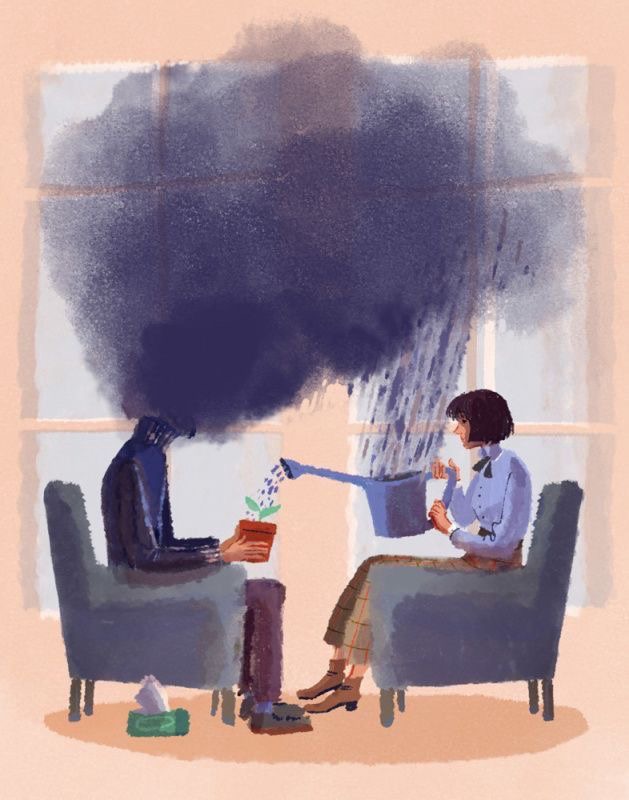What is the purpose of ‘Therapy’?

Unmet Needs and Inner Healing: What Therapy Is Really About
One of the most powerful lessons a therapists learn wasn’t found in a textbook—it came through deep reflection, clinical experience, and witnessing the courageous work of clients.
It’s this: therapy isn’t about changing people. As therapists, our job is not to instruct, fix, or reshape someone into a different version of themselves.
Genuine transformation can never be forced from the outside. True, lasting change begins internally—through awareness, compassion, and the courage to explore the emotional truths we’ve long carried, often silently.
When someone comes into therapy, they often bring struggles that feel persistent and deeply rooted:
- Patterns in relationships,
- Chronic self-doubt,
- Anxiety,
- Difficulty setting boundaries,
- Overwhelming emotional reactions they can’t quite explain.
What many don’t initially realize is that these present-day challenges often have their roots in unmet emotional needs from the past.
Perhaps they grew up in environments where their feelings weren’t acknowledged, where love felt conditional, or where emotional expression was unsafe.
These experiences don’t just disappear with time. Instead, they shape the way a person learns to relate to themselves and others.
As a result, many individuals adopt coping mechanisms like –
- People-pleasing,
- Emotional numbing,
- Perfectionism,
- Avoidance
Not because they are flawed, but because those strategies helped them survive.
Over time, however, those once-adaptive patterns can become rigid and restrictive.
They may begin to interfere with relationships, personal goals, or emotional well-being.
And this is where therapy offers something invaluable: not judgment, not a prescription for change, but a compassionate space to explore the “why” behind these patterns.
The goal in therapy isn’t to get rid of these behaviors, but to understand them. What were they protecting? What need was never acknowledged?
When clients start to uncover these deeper truths, they often experience a shift—a movement from self-blame to self-compassion.
They begin to see their past not as a life sentence, but as context. And from that place, new choices become possible.
Therapy becomes a journey of returning to the self—not the version shaped by wounds and defenses, but the one that was always there underneath, waiting to be seen and nurtured.
In this light, therapy isn’t about us, the therapists, pushing for change. It’s about walking alongside someone as they gently reclaim their own story, meet their own needs with kindness, and move forward with greater clarity and freedom.
That’s the real work—and the real gift—of therapy.



Comments (0)